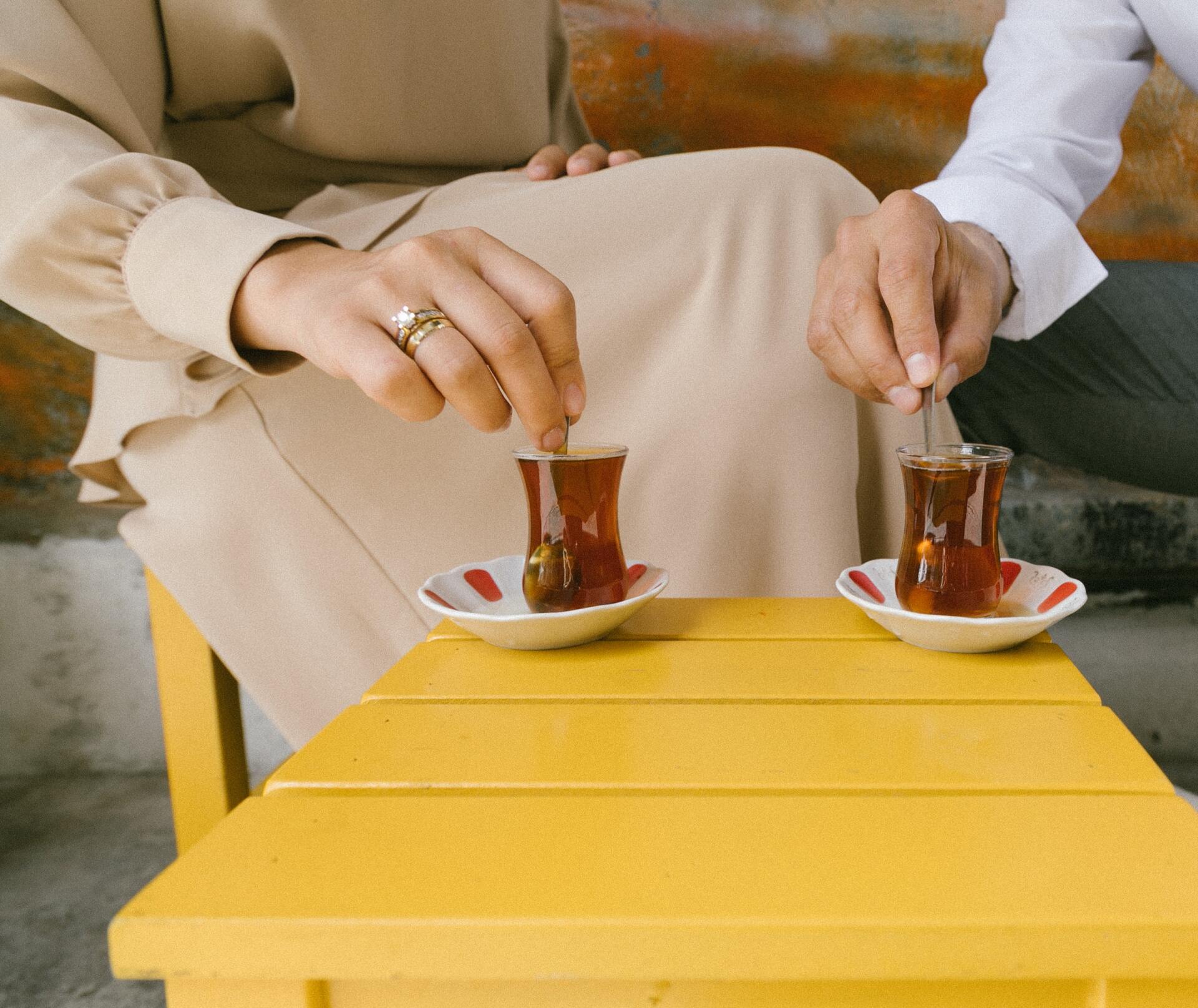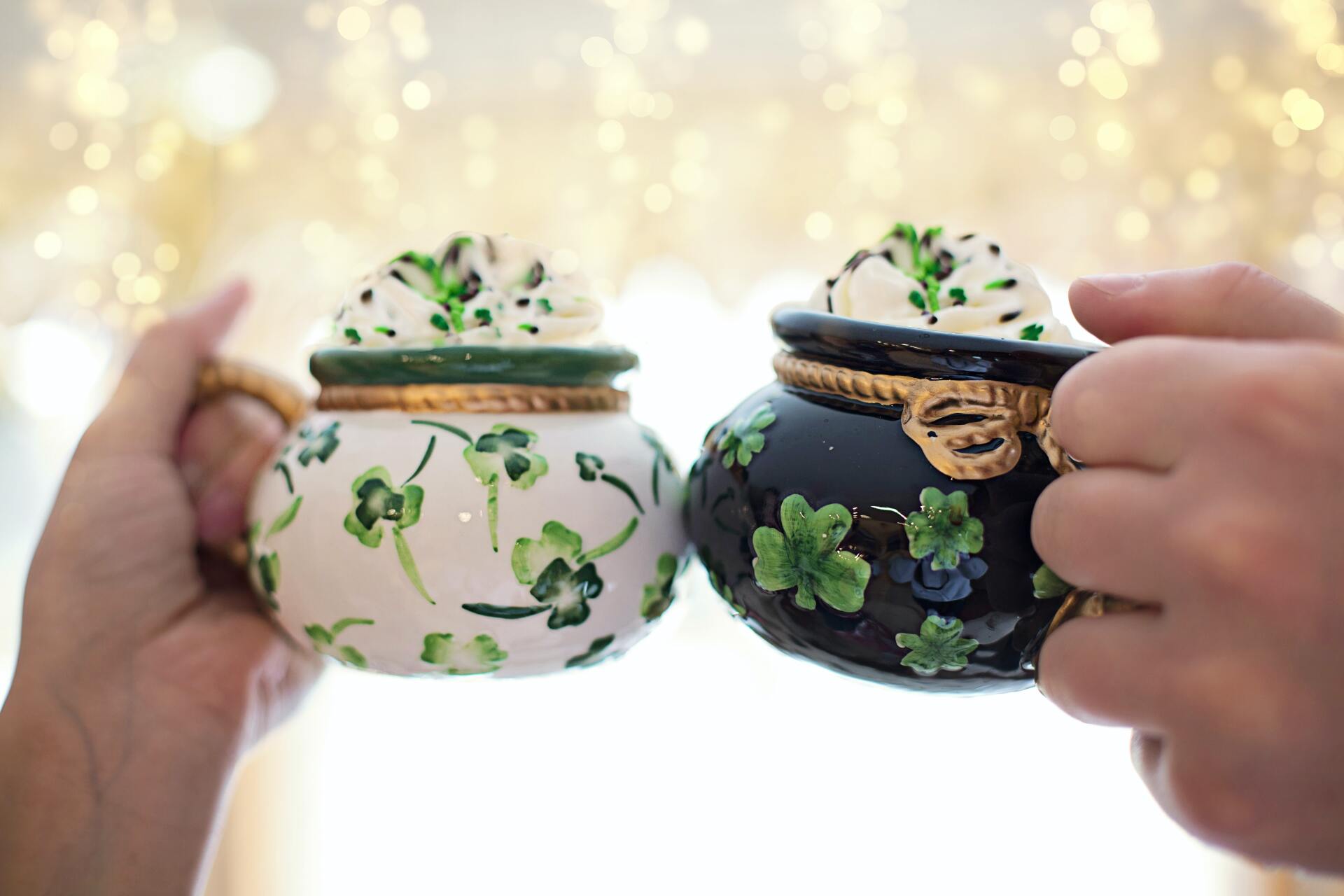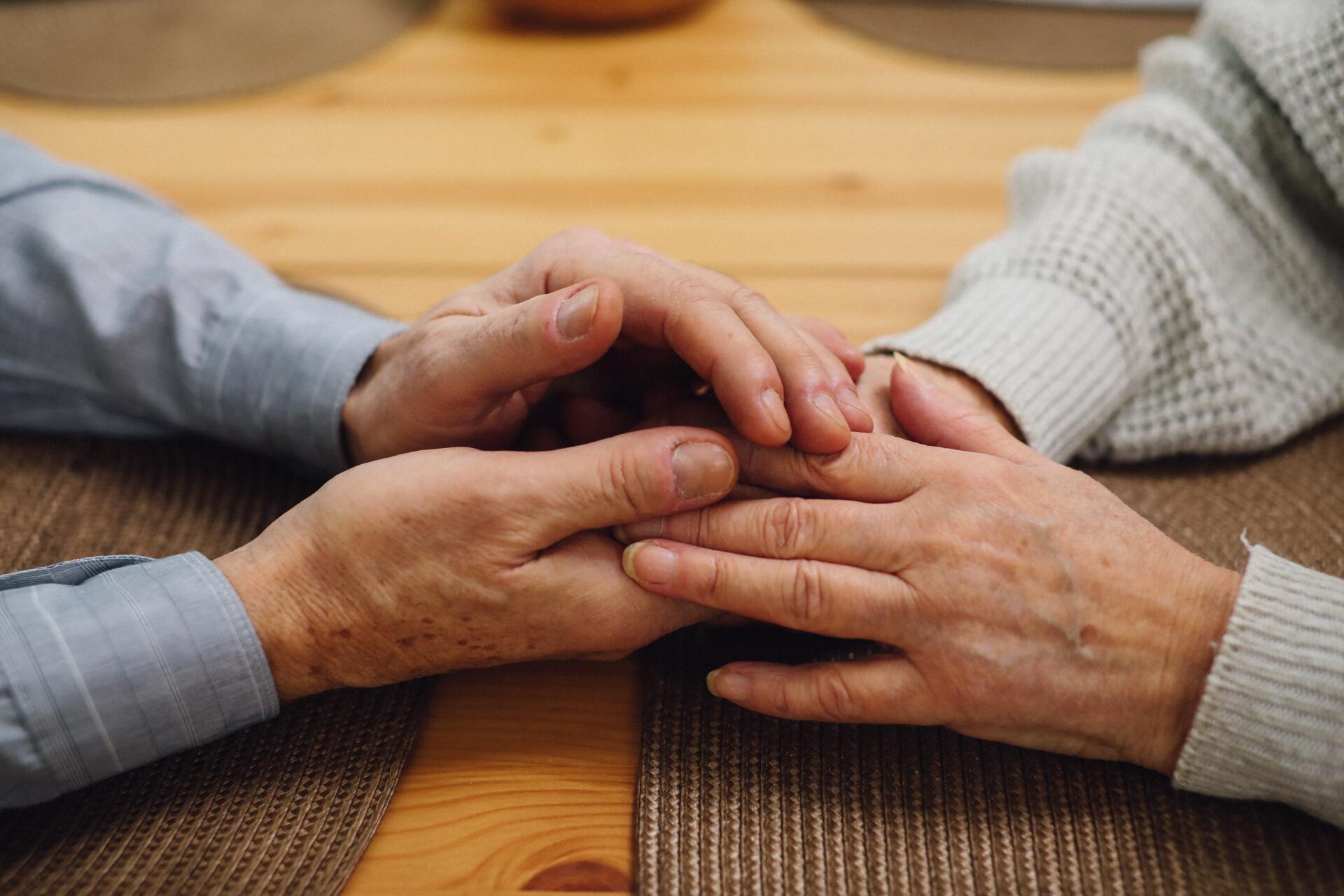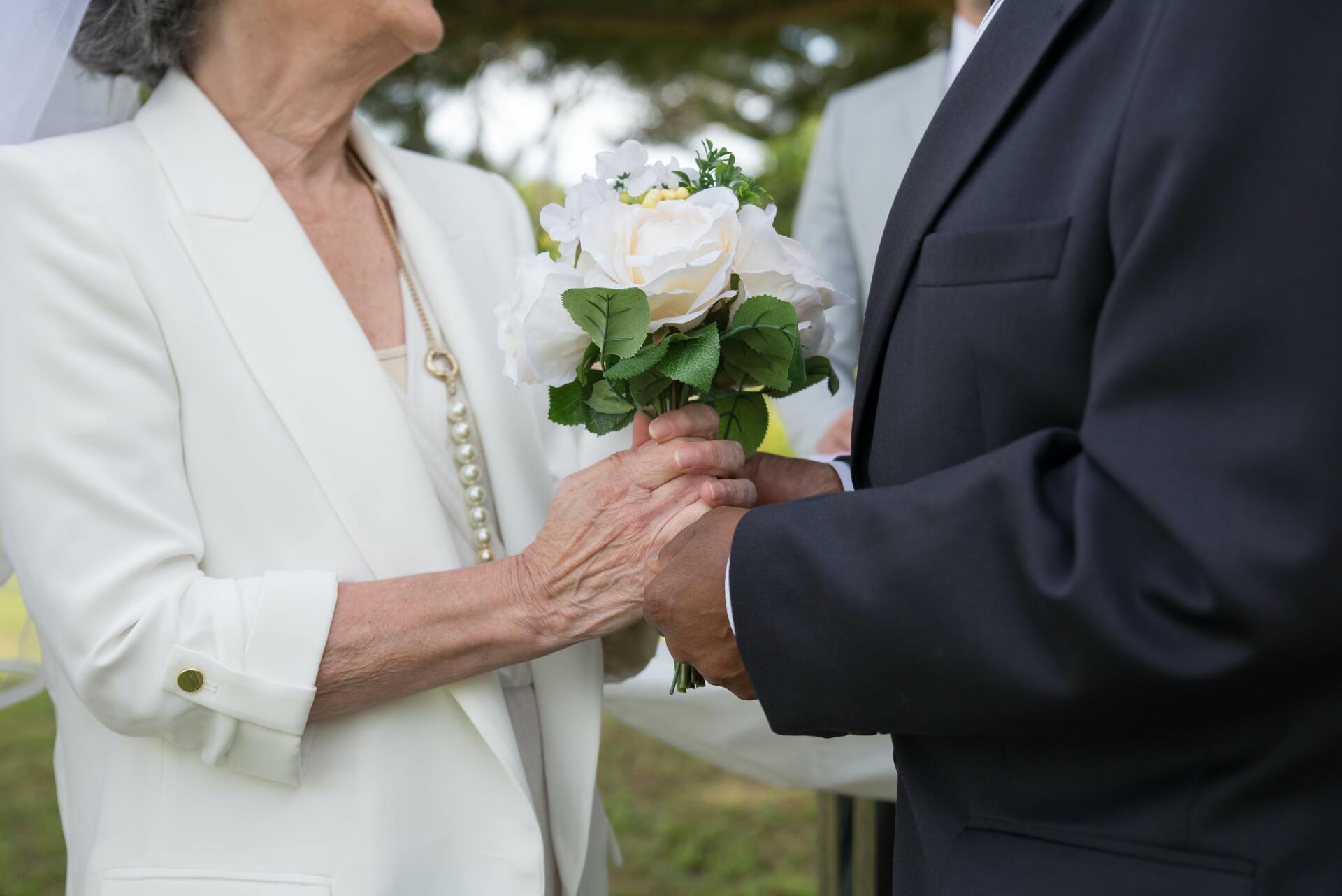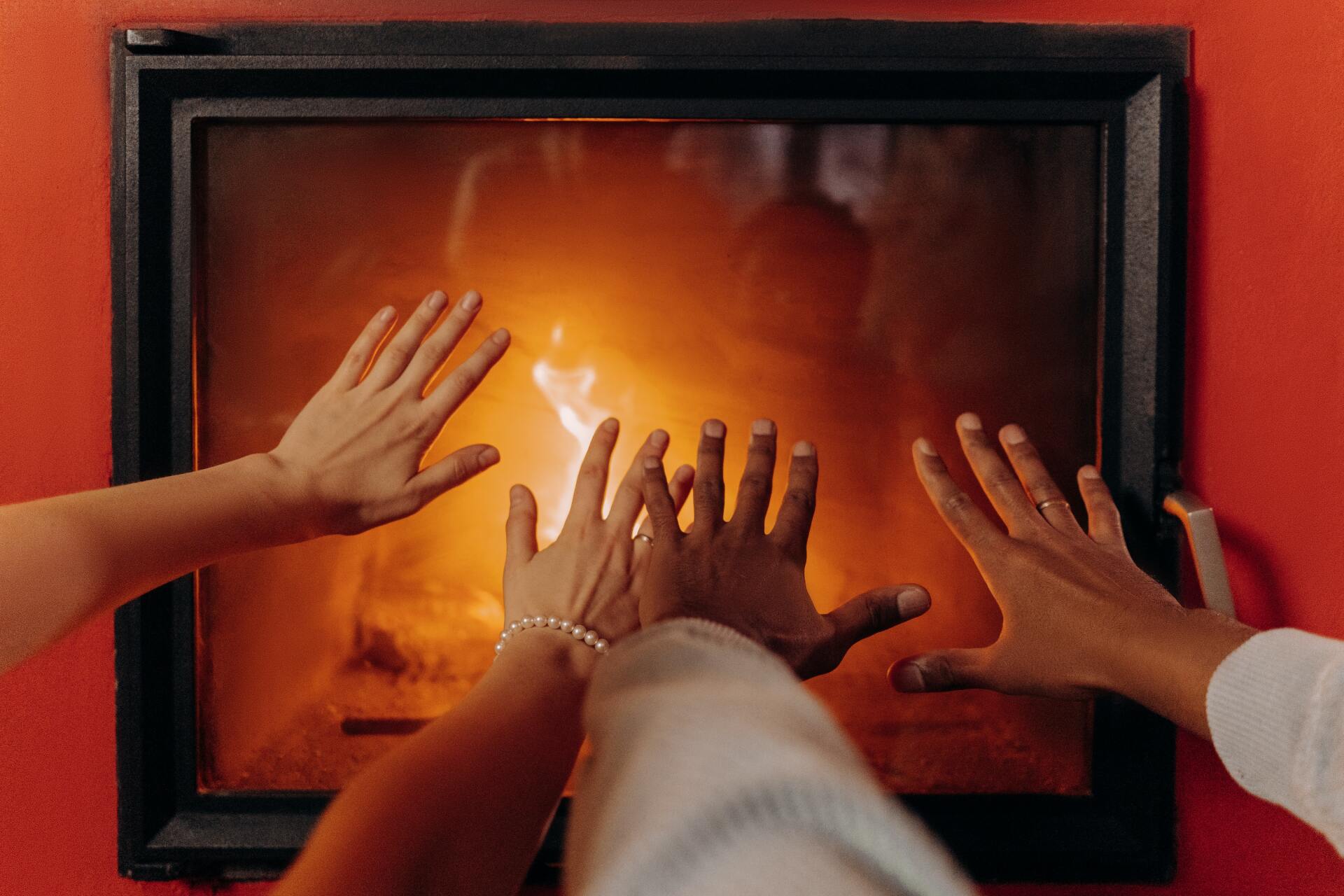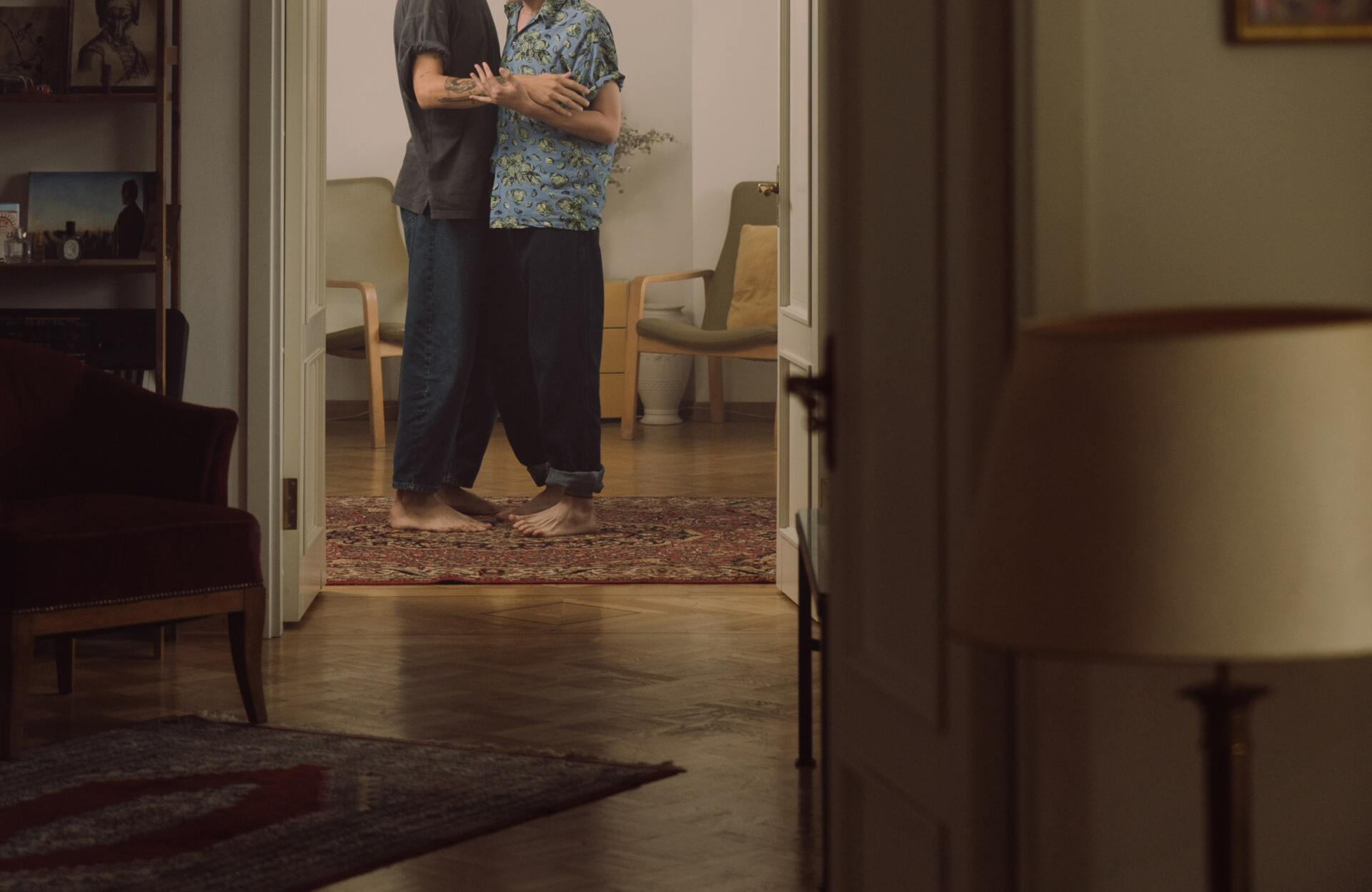Book Quotes
Hover Over An Image To Reveal A Quote
Our uncanny ability to choose someone who corresponds to an early family member brings the risk of repeating an unhappy dynamic but also the chance, in a Good Enough relationship, that we will be able to make a better outcome.
If partners invest meaning in their relationship of course this heightens their determination to work at it. We can think of this shared investment as a third force whose sum is more than its parts.
Our earliest infant connections to our caregivers lay down the pattern for our relationship with ourselves and thus for our future relationships.
During challenging times with children, a parent can either dig in and serve up an added dose of their customary strategy (most often some version of pursuit or withdrawal), or they can dig deep and find out what is really going on inside themselves.
A particular strength of arranged marriages is their clarity – both parties aim to be precise and expLicit about expectations.
If we observe a mother with a three-month-old baby we are likely to observe the very same exchanges which we could see in the courtship of a romantic couple. We see eye lids flutter with a demure glancing away and then, further into the process, we see the gaze being held, the eyes wide open.
There is an interplay between gender and attachment, and in our culture this can result in preoccupied traits becoming amplified in women and avoidant traits being more rigid in men.
Firstly, take two individuals who each have enough belief that they are loveable and that they can love others. Secondly let their underground connection form a new joint emotional landscape which allows growth and development in each partner. Thirdly let them be lucky.
Research confirms what common knowledge holds, that a long-term loving bond provides a platform for individuals to flourish and is perhaps the best way we know to meet our key needs for security and intimacy.
The three strands in the couple bond - attachment, caregiving and sex - can either enhance each other, or undermine and interfere with each other.
We can tell that the transition from ‘in love’ to attachment has happened when the new couple no longer think constantly of each other. When they can attend to other things and are more soothed than they are excited by the presence of the loved one, then they have become attachment figures for each other.
According to attachment theory humans have an enduring need, at all ages, to seek a safe, secure relationship. A crucial function of attachment is to provide safety and soothing for each other, and much will depend on how well two partners can co-regulate.
As we mature and understand ourselves better, the selection and click which we make will naturally be a wiser one. Choosing by first glance can only be helpful if we are using high quality spectacles.
When our expectations are stoked, our tolerance for disappointment reduces and the idea of ‘the one true soul mate’ makes it harder for couples to cope with the absolutely normal experience of conflict and disillusionment.
Early secure attachment is an immense blessing, but even when we don’t have that, a ‘’good enough’ relationship can sometimes be a route towards repair.
Even one person listening can change a relationship. When two people listen something very creative happens, where both individuals are growing and meeting each other just beyond the place where they have previously been.
To be ready for relationship the two individuals each need to have enough emotional strength to experience some discomfort without over-reacting and they each need to have a compassionate relationship to the self.
Research confirms what common knowledge holds, that a long-term loving bond provides a platform for individuals to flourish and is perhaps the best way we know to meet our key needs for security and intimacy.
I believe that if people are at a fairly good place in themselves, there will be many potential partners with whom they could build a great relationship, though of course it also matters that expectations of marriage are similar and that coping styles are not utterly polarised.
Openness with a partner is only possible if we can be honest with the self – but of course a loving, receptive other will help us to achieve that openness with self and with them
Sometimes boundaries have a negative connotation – as though a really open and loving relationship would have no boundaries, no times where one partner says, ‘No, that’s not for me’. On the contrary this clarity about ‘Who I am’ and where the line falls between you and me, is one of the foundations which enables a profound marital bond.
The distinction between being ‘just friends’ and being a couple can only ultimately lie in the hands of the partners – do they regard themselves as an item, a couple.
It makes sense for partners to be on the same page about the basics – whether we want children, where we might live, how much we spend and save, the type of sex with which we feel comfortable - but if the relationship is working emotionally some couples can cope with a lot of difference in outlook.
Whilst we need to feel safe enough to show vulnerability, the security of wall-to-wall predictability would leave no room for each partner to continue discovering the other.
The capacity to recognise one’s contribution to a difficulty is hugely important in any relationship. The security of the bond will deepen when partners can rely on this attitude being there in the other.
The asymmetrical click where one person falls in love more swiftly than the other may be even more common than we know. Partners are not always open about the fact that one of them was not initially so sure.
Learning to compromise skilfully involves discerning the difference between generous tolerance and doormat behaviour.
Long term monogamy is not known for providing excitement but to accept that conclusion might be to overlook the opportunity at its heart. There are possibilities for intense connection in the most mundane encounters.
Having expectations aligned is a simple but important ingredient in contentment.
Most married people speak of being attracted by shared interests but I would argue that the real glue may be their contrasting attachment styles.
The ability to listen and learn is critical to a contented couple
Sometimes one partner may be emotionally better placed to hold onto themselves and allow their partner to get something off their chest. Other times the roles switch, and the receptivity and acceptance flow the other way
One of the relationship skills which relies heavily on emotional intelligence is care-seeking – and second to that comes skill in caregiving.
I think it makes sense to view humour as a form of play which can itself be a very bonding activity - positive emotions flow when two individuals have fun together.
Wisdom tells us that crisis and opportunity are strongly linked, so we can take it that a challenge jointly survived may deepen a couple’s bond and thus become a source of support.
Even one person listening can change a relationship. When two people listen something very creative happens, where both individuals are growing and meeting each other just beyond the place where they have previously been.
If partners invest meaning in their relationship of course this heightens their determination to work at it. We can think of this shared investment as a third force whose sum is more than its parts.
Being chosen by magic could seem to offer enchantment, but being chosen by science – via an algorithm – also has an appeal.
The happiness of a future relationship may lie less in finding the perfect other and more in knowing the self and coming to accept and love that self well enough
Openness with a partner is only possible if we can be honest with the self – but of course a loving, receptive other will help us to achieve that openness with self and with them
The huge contribution of commitment is not that it keeps partners together despite a terrible relationship, rather it can provide a secure base which in turn supports openness and growth.
When teamwork goes well, we see each the individual stepping up and contributing in the areas where they have skills but their partner may struggle.
Our earliest infant connections to our caregivers lay down the pattern for our relationship with ourselves and thus for our future relationships.
Firstly, take two individuals who each have enough belief that they are loveable and that they can love others. Secondly let their underground connection form a new joint emotional landscape which allows growth and development in each partner. Thirdly let them be lucky.
Early secure attachment is an immense blessing, but even when we don’t have that, a ‘’good enough’ relationship can sometimes be a route towards repair.
As well as being fascinated by what feels new and exotic, we are drawn towards the Familiar, and if our antennae pick up signs of both the Fascinating and the Familiar we are quite likely to fall in love.
For random romance couples the erotic pull tends to come first with a bang, and if the then attachment grows the couple go on to become a long-term proposition
It is important that either partner can say ‘No thanks’ to sex without that being experienced as an actual rejection.
Shared memories of a magical romance may feel glorious when things are going well but when a couple become disappointed in the marriage, the happy memories can seem to mock them.
When both partners are having to deal with difficult feelings at the same time, conflict is often triggered just when they most need mutual support.
The belief that ‘I have an ally, I am not alone’ is so important to a contented couple.
Being deeply in love at the time of selecting a mate is not a predictor of success.
I believe that if people are at a fairly good place in themselves, there will be many potential partners with whom they could build a great relationship, though of course it also matters that expectations of marriage are similar and that coping styles are not utterly polarised.
Learning to compromise skilfully involves discerning the difference between generous tolerance and doormat behaviour.
Couples who come for therapy often say that they long to feel they are a team
To be ready for relationship the two individuals each need to have enough emotional strength to experience some discomfort without over-reacting and they each need to have a compassionate relationship to the self.
The way we fight and the way we make love are just two other areas of behaviour where our attachment patterns show up.
Sometimes boundaries have a negative connotation – as though a really open and loving relationship would have no boundaries, no times where one partner says, ‘No, that’s not for me’. On the contrary this clarity about ‘Who I am’ and where the line falls between you and me, is one of the foundations which enables a profound marital bond.
Even one person listening can change a relationship. When two people listen something very creative happens, where both individuals are growing and meeting each other just beyond the place where they have previously been.
t makes sense for partners to be on the same page about the basics – whether we want children, where we might live, how much we spend and save, the type of sex with which we feel comfortable - but if the relationship is working emotionally some couples can cope with a lot of difference in outlook.
The impact of life cycle transitions is so great in couples, one could have a whole book focused on any one of these: becoming parents, entering into retirement, facing illness or old age.
Occasionally couples mistakenly plead ‘stress’ as the explanation of any inequality of desire but sometimes that really is a key part of the problem.
Long term monogamy is not known for providing excitement but to accept that conclusion might be to overlook the opportunity at its heart. There are possibilities for intense connection in the most mundane encounters.
Whilst we need to feel safe enough to show vulnerability, the security of wall-to-wall predictability would leave no room for each partner to continue discovering the other
The ability to listen and learn is critical to a contented couple.
Having expectations aligned is a simple but important ingredient in contentment
Sometimes one partner may be emotionally better placed to hold onto themselves and allow their partner to get something off their chest. Other times the roles switch, and the receptivity and acceptance flow the other way
When a couple comes to therapy, a relatively common complaint, usually from the Pursuer partner, is that the other does not show enough love and care.
One of the relationship skills which relies heavily on emotional intelligence is care-seeking – and second to that comes skill in caregiving.
A Pursuer MAY seek sex in order to get the physical closeness and warmth which they are craving and this becomes a sort of trade with the Withdrawer, whose interest in sex may be more about release.
Asymmetry is a common challenge in long term relationships and means the couple need to find ways to allow for the needs of one high desire partner and one with low desire.
Waiting for both partners to feel spontaneously turned on at the same moment can be a recipe for dwindling sex. It can be helpful for couples to remember that desire is sometimes spontaneous but that it can also be responsive.
One of the areas where this safety/ courage combination is important is a couple’s sexual relationship. Long term couples often lament that their sexual relationship has become safe to a point of predictability which in turn often leads to one or both partners losing interest.
For intimacy we need uncertainty about what will happen next, and then we need to be able to stay in touch with that ‘edge of my chair’ feeling.
While secure attachment is an unequivocal boon in other areas of a couple’s life, when it comes to sex things are less straightforward. Sex is unique in often being ‘improved’ by novelty and even fear.
The sexual excitement of a newly in love couple has an evolutionary purpose. The extreme feel-good neurochemicals will only last a matter of months but long enough to keep the two partners together whilst an attachment bond forms between them.
In every marriage there is an underground chamber where silent messages are exchanged – ranging from the implicit tenderness to cold anger.
When a cruel loss is dealt to both partners, such as the death of a child, they will often grieve in different ways which pull against each other.
A troubled couple relationship might contribute to depression but equally, a fulfilling, supportive relationship can help a depressed person get through, and couple therapy for depression is recognised as an effective intervention.
Couples are content when they feel they are growing. The reverse is also true: discontent is often about boredom and boredom is essentially a state of stasis, of not learning and growing.
Affairs are often regarded as a matter of chance and this point of view may soften the hurt which they cause. Whilst they may involve a degree of luck - or ill luck - in the way they play out, for the most part deliberate choices are being made.



























